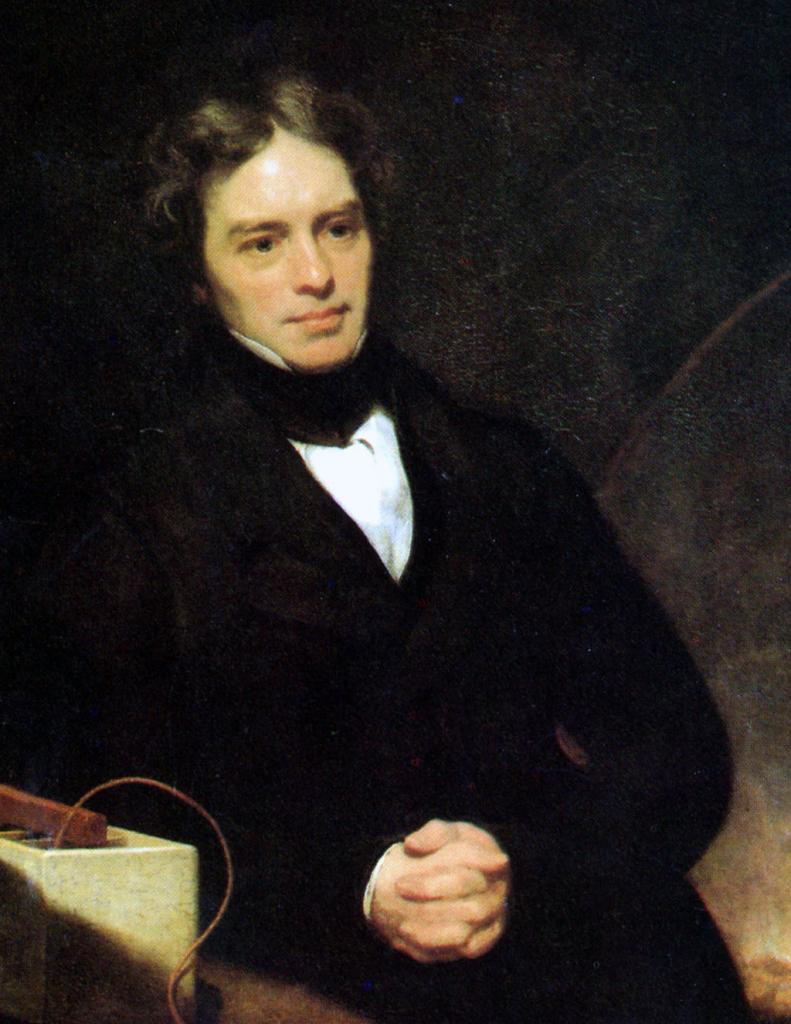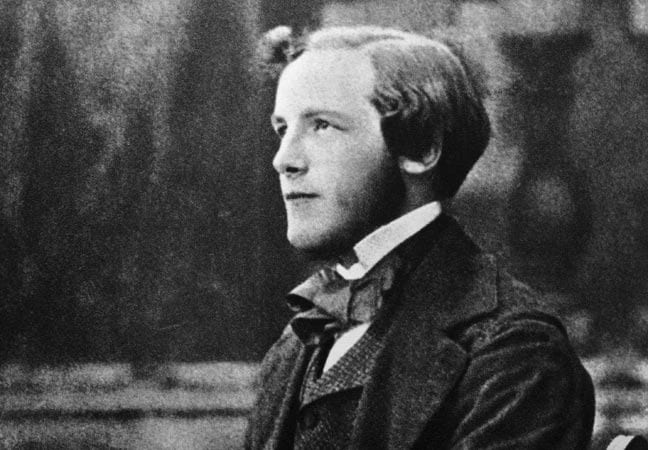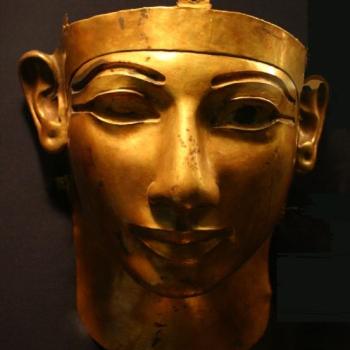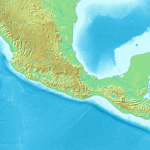

(Wikimedia Commons public domain photo)
Below, I offer some notes from Carlo Rovelli, Reality Is Not What It Seems: The Journey to Quantum Gravity, translated by Simon Carnell and Erica Segre (Penguin, 2017), mingled with some comments of my own. Carlo Rovelli is an Italian theoretical physicist who has worked in both Italy and the United States and who, at least at the time the book was published, was the director of the quantum gravity research group at the Centre de physique théorique in Marseilles, France. His previous book for a popular audience, Seven Brief Lessons on Physics, was an international bestseller that was translated into at least forty-one languages beyond its original Italian:
The great Isaac Newton gave us a world made up of space, time, and particles. But he was baffled as to how particles, or objects made from particles, could interact at a distance. The crack of a ball on a bat, and the ball’s subsequent flight into deep center field, are intelligible as direct interactions between objects in contact with each other. But how does the Earth control the motions of the Moon? How does the Moon govern Earth’s tides?
Enter Faraday and Maxwell, whom Rovelli calls “science’s oddest couple” (39):
Michael Faraday is an impoverished Londoner without formal education, who works first in a bookbindery, then in a laboratory, where he excels, gains his master’s confidence and grows into the most brilliant experimenter of nineteenth-century physics and its greatest visionary. Without knowing mathematics, he writes one of the best books of physics ever written, virtually devoid of equations. He sees physics with his mind’s eye, and with his mind’s eye creates worlds. James Clerk Maxwell is a rich Scottish aristocrat and one of the greatest mathematicians of the century. Despite being separated by a gulf in intellectual style as well as social origin, they succeed in understanding each other — and, together, combining two kinds of genius, they open the door to modern physics. (39-40)
Working with glass rods, magnets, iron cages, bobbins, and needles, Faraday visualizes lines of force — fields — existing between objects. He’s now given us a world of space, time, particles, and fields. Distant objects, it’s true, don’t directly affect each other. But their interacting fields do. And Maxwell, recognizing the genius of Faraday’s insight, translates the verbal notion of “Faraday lines” of force into a page of equations, now known simply as “Maxwell’s equations,” which describe the behavior of electric and magnetic fields.
Today, Maxwell’s equations are used daily to describe all electric and magnetic phenomena, to design antennae, radios, electric engines and computers. And this is not all: these same equations are needed to explain how atoms function (they are held together by electrical forces), and why the particles of the material that forms a stone adhere together, or how the Sun works. They describe an amazing number and range of phenomena. Almost everything that we witness taking place — with the exception of gravity, but little else besides — is well described by Maxwell’s equations.
But there is more. There is still what is perhaps the most beautiful success of science: Maxwell’s equations tell us what light is. (44-45)
Only a few years later, these waves, anticipated theoretically by Maxwell, will be revealed by the German physicist Heinrich Hertz; and just a few years later still, Guglielmo Marconi builds the first radio.
All modern communications technology — radio, television, telephones, computers, satellites, wi-fi, the internet, etc. — is an application of Maxwell’s prediction; the Maxwell equations are the basis for all calculations made by telecommunications engineers. (46)
They are an astonishing illustration of the power of mathematics — a power well worth reflection — to describe the physical world, even in advance of empirical observation:
Our entire current technology is founded on the use of a physical thing — electromagnetic waves — which was not discovered empirically; it was predicted by Maxwell, simply by searching for the mathematical description accounting for the intuition Faraday got from bobbins and needles. (47)












